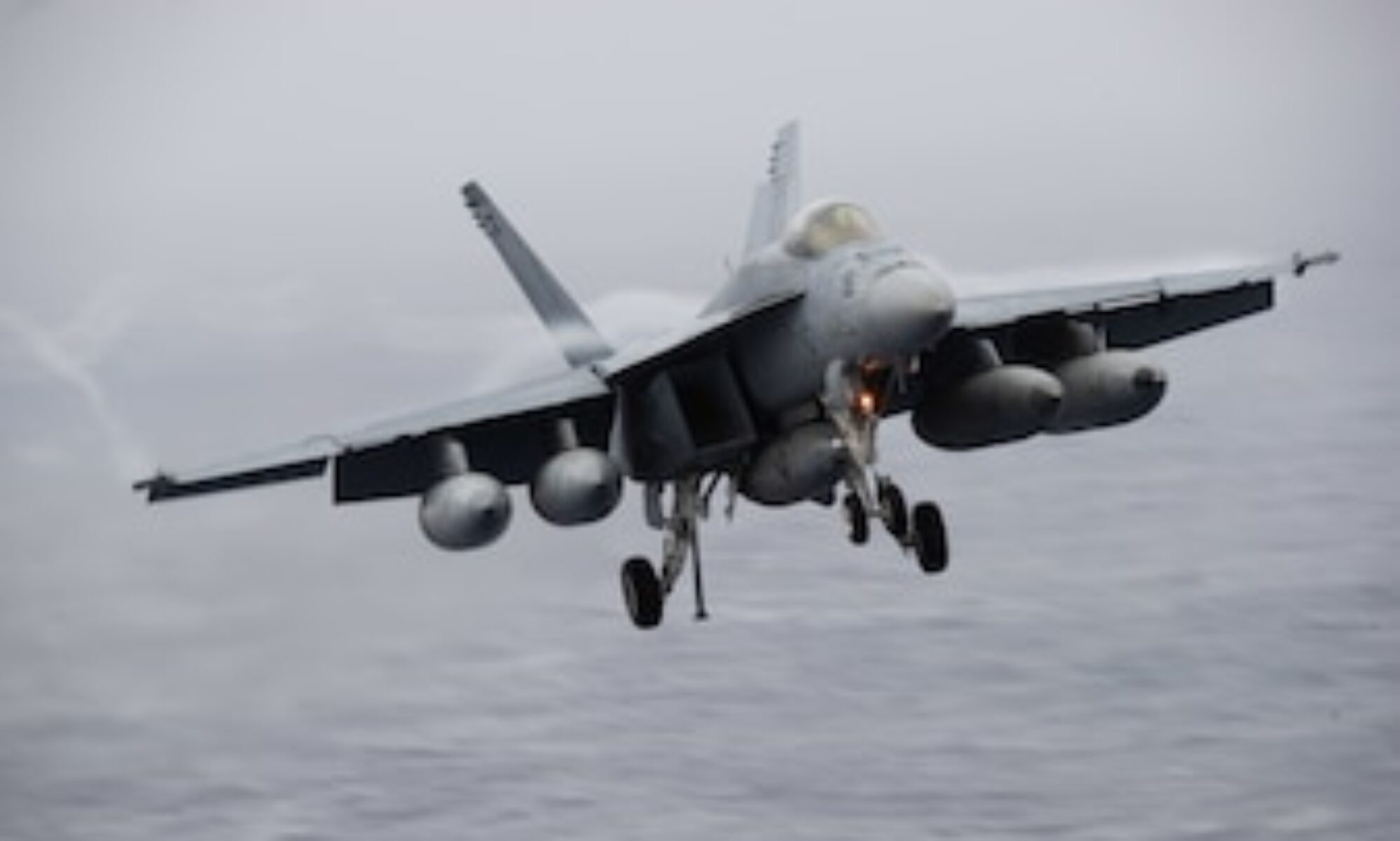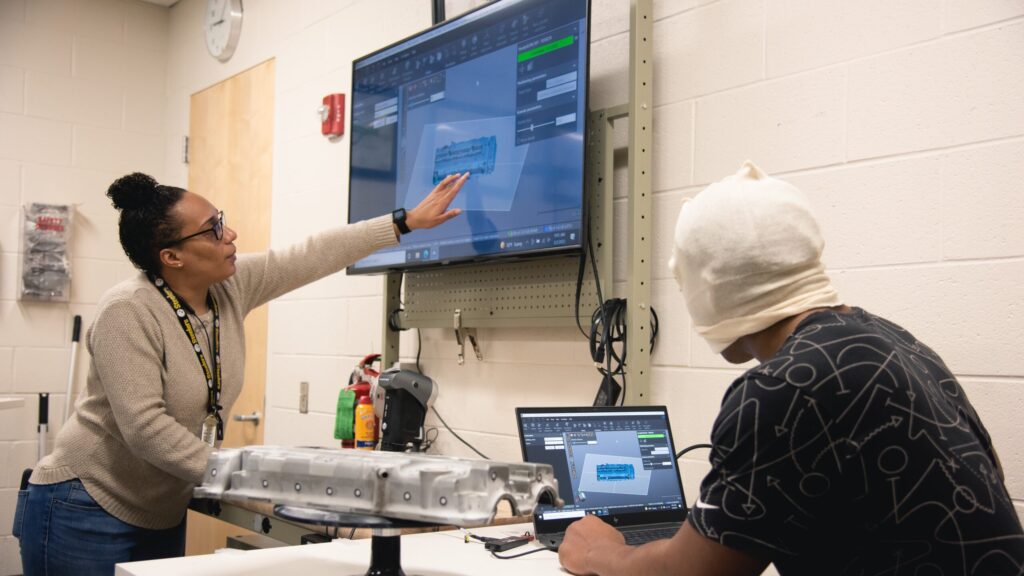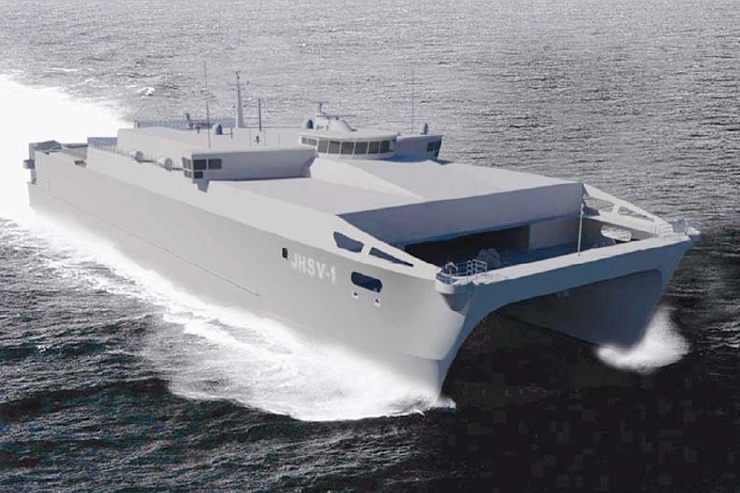Press reports from Politico reflect that a plan by the United States, Australia, and the U.K are to share submarine technology as part of a strategic effort to counter Chinese naval power in the Pacific. The three countries have agreed to deepen their defense cooperation and share information on the development of new submarines, including advanced propulsion systems and stealth technology. The plan is aimed at strengthening the allies’ ability to detect and deter Chinese submarines, which have become increasingly active in the region. The article also notes that the plan is likely to further strain the already tense relationship between the three allies and China.
Takeaways:
- The US, Australia, and the UK plan to share submarine technology as a strategic effort to counter Chinese naval power in the Pacific.
- The plan includes deepening defense cooperation and sharing information on the development of new submarines with advanced propulsion systems and stealth technology.
- The aim is to strengthen the allies’ ability to detect and deter Chinese submarines that have become increasingly active in the region.
- The plan is likely to further strain the already tense relationship between the three allies and China.
The Power of Collaboration: The Story of the U.S., the U.K., and Australia in World War
Historical Context
- The U.S., the U.K., and Australia collaborated in World War II to defeat the Axis powers.
- The allies faced significant challenges, including the threat posed by German U-boats in the Atlantic.
- The U.S. and the U.K. developed a plan to build aircraft carriers capable of tracking and destroying enemy subs
- Australia provided the necessary shipbuilding expertise to build two carriers, which played a key role in the final months of the war.
- The collaboration between the three nations continued after the war and remains strong today, reflecting the enduring power of collaboration and shared values.
- In the early days of World War II, the United States, the United Kingdom, and Australia came together in a collaborative effort to defeat the Axis powers. The three nations formed an alliance that would prove to be instrumental in turning the tide of the war.
As the war raged on, the Allies faced numerous challenges and setbacks. One of the most significant was the threat posed by German U-boats, which were wreaking havoc on Allied shipping in the Atlantic. To combat this threat, the U.S. and the U.K. came up with a plan to build a new type of vessel – an aircraft carrier that could launch planes capable of tracking and destroying enemy subs.
The U.S. and the U.K. quickly realized that they didn’t have the resources to build these carriers on their own. They needed help from a nation with a strong naval tradition and the necessary shipbuilding expertise. That nation was Australia.
Australia eagerly joined the project and quickly set to work building two of these new carriers – the HMAS Melbourne and the HMAS Sydney. The carriers were launched in 1945 and played a key role in the final months of the war, helping to track down and destroy numerous German U-boats.
The collaboration between the U.S., the U.K., and Australia didn’t end with the war, however. In the years that followed, the three nations continued to work closely together on a wide range of issues, from defense to trade and beyond.
Today, the bond between the U.S., the U.K., and Australia remains strong, a testament to the enduring power of collaboration and the shared values that unite us all.






